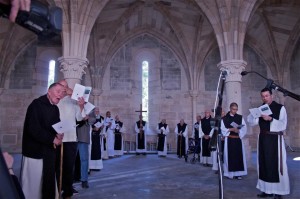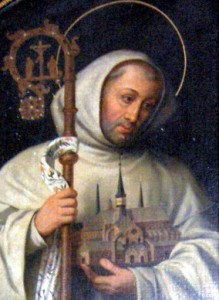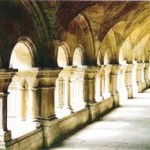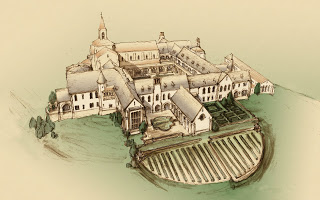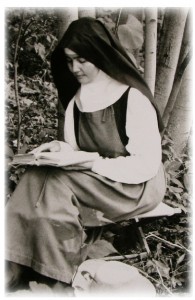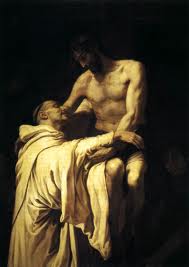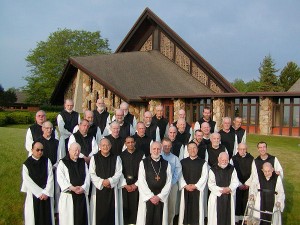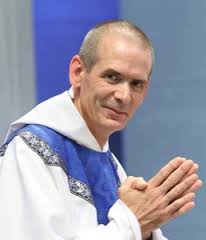 At the September Board of Director’s meeting of the IRL, we were pleased to approve the application of the Monastery of Our Lady of the Holy Spirit in Conyers, Georgia, as our newest Affiliate community. This past summer has been a momentous time for the Trappist monks who on May 29, 2016, elected Father Augustine Myslinski, OCSO, as their eighth Abbot. On August 15, the feast of the Assumption of the Virgin Mary, The Most Reverend Wilton D. Gregory, Archbishop of Atlanta, conferred the abbatial blessing on Abbot Augustine in the Abbey church. “Today we bless and dedicate Abbot Augustine as he fully accepts his election as the abbot of the monastery of Conyers,” said Archbishop Gregory, “and places all of his trust in God’s fidelity which never forsakes.”
At the September Board of Director’s meeting of the IRL, we were pleased to approve the application of the Monastery of Our Lady of the Holy Spirit in Conyers, Georgia, as our newest Affiliate community. This past summer has been a momentous time for the Trappist monks who on May 29, 2016, elected Father Augustine Myslinski, OCSO, as their eighth Abbot. On August 15, the feast of the Assumption of the Virgin Mary, The Most Reverend Wilton D. Gregory, Archbishop of Atlanta, conferred the abbatial blessing on Abbot Augustine in the Abbey church. “Today we bless and dedicate Abbot Augustine as he fully accepts his election as the abbot of the monastery of Conyers,” said Archbishop Gregory, “and places all of his trust in God’s fidelity which never forsakes.”
On the abbey website it states: The abbatial blessing of an abbot is a sacrament, having been established in the Western church since the eighth century. During the liturgy, Archbishop Gregory bestowed the church’s blessing upon Abbot Augustine to confirm him in his ministry. In the rite of blessing, the abbot promises to persevere in determination to observe the Rule of St. Benedict and to encourage the brothers in the love of God, the life of the Gospel and in fraternal charity.
Abbot Augustine is a Chicago native but moved with his family to Georgia when he was 11 years old. He initially entered a diocesan seminary but before his ordination as a deacon, discerned that God was calling him elsewhere. That elsewhere was the abbey in Conyers where he professed vows as a brother in 2005. Further discernment led to his ordination as a priest in 2011. “I resisted this call for many years.” He said. “When I first heard God calling me to monastic life, my response was, ‘Go pick on somebody else!’”
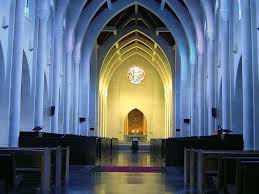 The Monastery was founded in 1944, when twenty-one Trappist monks left Gethsemani Abbey in Kentucky for the wilderness of rural Georgia. Together they built the magnificent Abbey Church, a massive concrete structure that took 15 years to complete. The last surviving member of original 21 Conyers monks died in 2014 at age 102.
The Monastery was founded in 1944, when twenty-one Trappist monks left Gethsemani Abbey in Kentucky for the wilderness of rural Georgia. Together they built the magnificent Abbey Church, a massive concrete structure that took 15 years to complete. The last surviving member of original 21 Conyers monks died in 2014 at age 102.
Today, the community of 34 monks spanning several generations meets seven times a day for communal prayer of the Divine Office beginning with Vigils at 4:00 a.m. and ending with Compline at 7:30 p.m. As Cistercian monks, they profess the Benedictine vows of obedience, stability and conversatio morum (“Conversion of Life” as referenced in chapter 58 of the Rule of St. Benedict.)
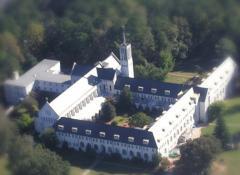 Retreat guests are invited to fully participate in the monastic schedule of the Divine Office. The Abbey Store provides visitors with the opportunity to purchase food products, such as fudge and biscotti, that are made at The Monastery Bakery by the Monks. The stained glass studios of the Monastery of the Holy Spirit have been in operation since 1957, first used for in the Abbey Church.
Retreat guests are invited to fully participate in the monastic schedule of the Divine Office. The Abbey Store provides visitors with the opportunity to purchase food products, such as fudge and biscotti, that are made at The Monastery Bakery by the Monks. The stained glass studios of the Monastery of the Holy Spirit have been in operation since 1957, first used for in the Abbey Church.
We pray for Abbot Augustine, his brother monks and all who come to their door seeking to deepen their relationship with Jesus Christ, that the Lord may bless them for their commitment to Christ, His Church and His people.
“God doesn’t need our prayers because He takes care of everything,” Abbot Augustine said. “Instead He wants our prayers. One reason He wants our prayers is because it draws us closer together in unity and love—united together in Christ Jesus.”
